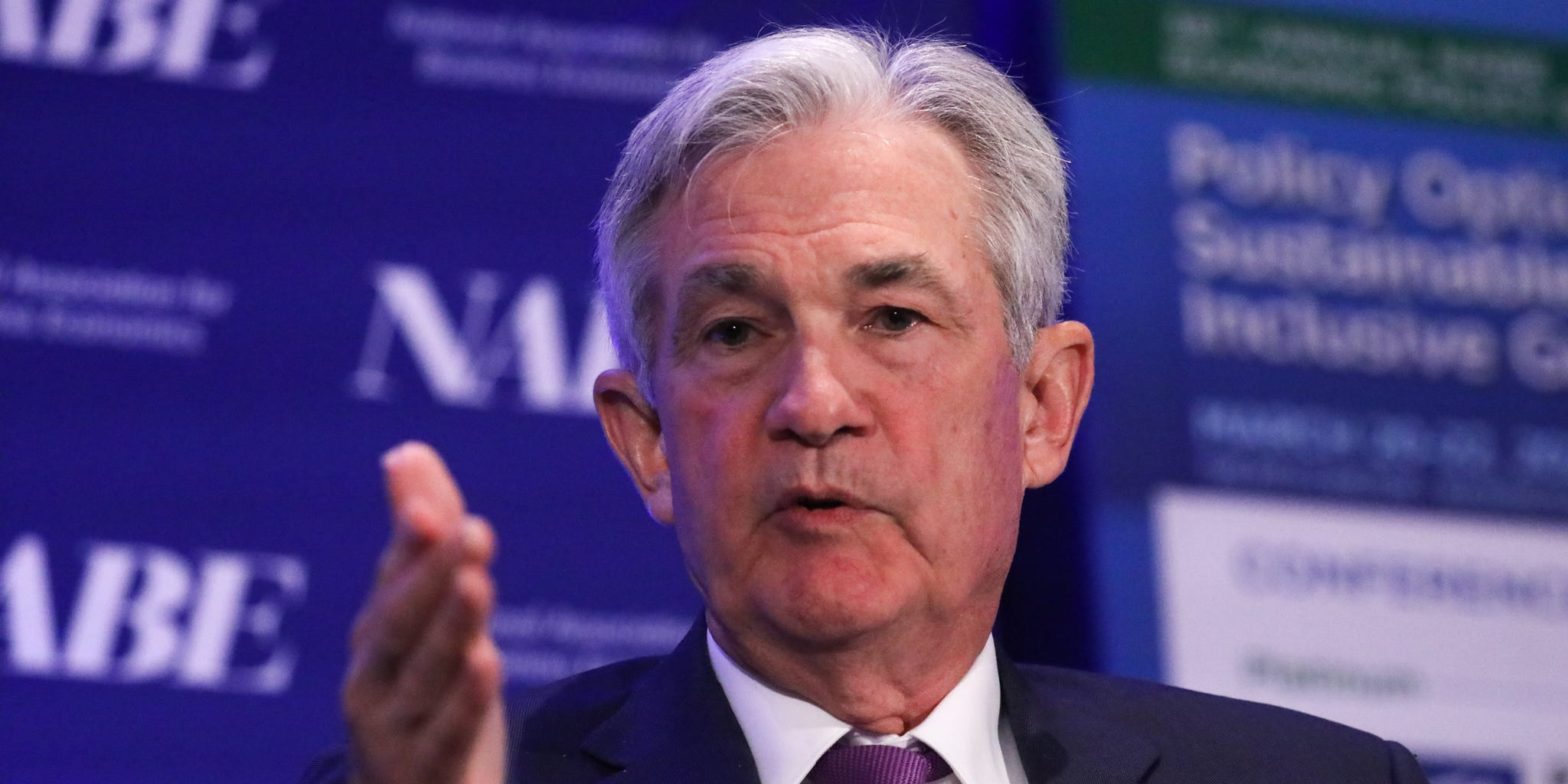Investors are staring at a packed week, juggling November inflation data, the Fed’s policy decision, and its updated outlook on rates. Among three things to watch will be core inflation, which may reflect growth in services activity. Stocks appear to be “teetering” between two potential outcomes for November CPI. Loading Something is loading.
Thanks for signing up!
Access your favorite topics in a personalized feed while you’re on the go.
Stock investors could be hit with another bout of volatility next week with the newest inflation report arriving just before the Federal Reserve releases its final interest rate decision in 2022, sustaining the question of how much more the Fed will jack up interest rates to cool still-scorching consumer prices.
The data and the meeting will land as stocks have come off October lows, reflecting market expectations of smaller rate hikes starting this month. Friday’s wholesale inflation for November may have underscored that inflationary pressures remain in flux, with higher monthly food prices contributing to PPI increasing by a more-than-expected 0.3% pace.
The Labor Department’s November consumer price index of inflation is due Tuesday and the Federal Open Market Committee’s policy decision is slated for Wednesday.
“We’ve had a couple of softer data points over the past six to eight weeks. But for most of this cycle, it’s been a story of surprises to the upside on inflation and core inflation,” Ross Mayfield, investment strategy analyst at Baird Private Wealth Management, told Insider. “I don’t think we’ve earned the benefit of the doubt on the inflation front quite yet.”
Investors were largely still anticipating Fed Chair Jerome Powell and his Federal Open Market Committee colleagues on Wednesday to downshift the size of its December rate hike to 50 basis-points from 75 basis-points. A half-point hike would bring the fed funds rate to a range of 4.25% to 4.5%.
Here are three things to watch in terms of inflation, Fed policy and the markets next week:
1. Core services inflation = slowing, but not slow
Wage gains “are still running at levels well above what is consistent with a 2% inflation target,” even as there are signs of disinflation in the goods and housing sectors, Barclays said this week.
The multinational investment bank expects a heightened focus on core services excluding shelter prices in the November CPI data because Powell in a recent speech for the Brookings Institution suggested it will be a key input for the central bank’s reaction function in the coming months.
Barclays expects core services inflation to “remain robust” at 0.42% in November month over month and at 6.8% year over year. “Although this monthly pace represents a slowing from levels seen earlier in 2022, it is worth emphasizing that a 0.42% m/m reading for core services would be the highest since early 2005 until the onset of the COVID pandemic. In essence, our forecast is for slowing, but not slow, services inflation.”
2. Scaling higher on the dot plot
The FOMC’s updated dot plot forecast for the federal funds rate is also due Wednesday. The September dot plot indicated the rate—which influences costs for loans including adjustable-rate mortgages—could reach as high as 4.75% in 2023.
“The Summary of Economic Projections (SEP) should show yet another increase in policy rate projections. We expect the median forecast for 2023 to move up by 50bp to 5.125%, consistent with our terminal rate. We think the dot plot will then point to 100bp of cuts each in 2024 and 2025,” Bank of America said in its note.
The Fed remains data dependent and policy makers have been hawkish on balance with the labor market still running hot. Powell is likely to “lean hawkish in his press conference, pushing back against easing in financial conditions and reminding investors that a slower pace of hikes does not mean a lower terminal rate,” said BofA.
CPI has come down this year from 9.1% in June to October’s headline reading of 7.7% but it remains well above the Fed’s 2% target.
3. ‘Teetering’ markets
“The Fed tends to really focus a lot on wage inflation and we haven’t seen that soften nearly as much as we’ve seen … gas prices coming down. Even things like chicken wings were crazy expensive throughout the pandemic. Housing is obviously coming down in a pretty drastic fashion,” Scott Goginsky, portfolio manager at Biondo Investment Advisors, told Insider.
“I do think some of the recent action in the market has kind of softened that blow a little bit. We can be poised, if we do see continued softening with [CPI], for kind of a jumpstart to a little bit of a year-end rally,” he said.
The S&P 500 has narrowed its bear-market loss to about 17% after sliding as much as 27% this year. “The market has positioned itself in a wait-and-see mode, teetering in between the two outcomes,” of the November CPI report, Goginsky said.
Mayfield at Baird sees stocks moving down if CPI rises more than expected. “We’ve given back a lot of the rally, if not all of it, after Powell’s speech last week. I think there’s also a growing concern about a recession.” he said. “It would be risk-off as it has been most of the time we’ve surprised to the upside.”
